Carrots, parsnips, radishes, horseradishes, beets, and many more delicious root vegetables can easily be grown in your backyard. Most root crops don’t need a lot of attention. Let’s look at the details of how to grow root crops successfully.
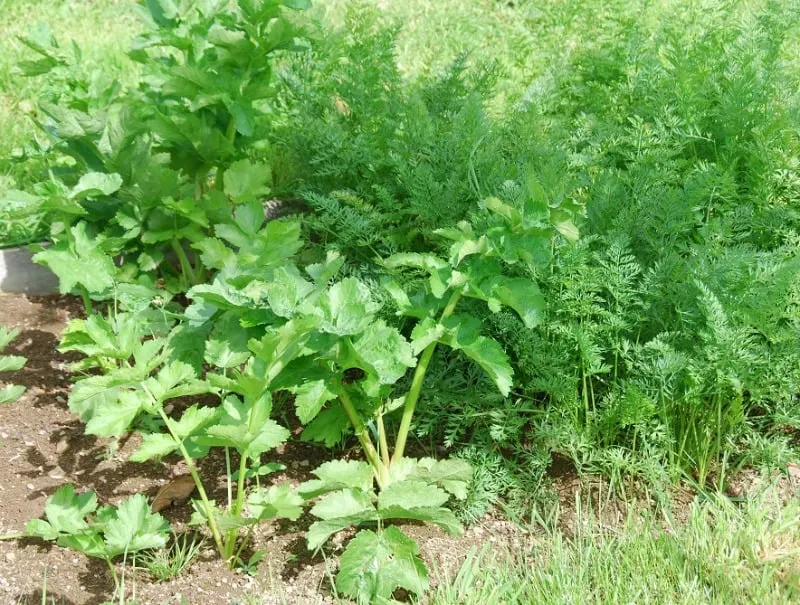
What Are Root Crops?
Roots: The Complete Guide to the Underground Superfood (Superfoods for Life) Root crops are the only group in the vegetable garden that you have to subdivide, because unlike other families, not all root vegetables are related. As a result, they will need different feeding regimes, soil, and pest control.
Root crops are the only group in the vegetable garden that you have to subdivide, because unlike other families, not all root vegetables are related. As a result, they will need different feeding regimes, soil, and pest control.
The root vegetables include celeriac, carrot, and parsnip that belong to the Apiaceae family (same as celery and parsley).
This group also includes:
- potatoes, (part of the nightshade family)
- scorzonera (related to the dandelion and daisy)
- salsify (same family as the sunflower and beetroot)
Root crops can be split into 2 types of plants:
- those that send a long tap root into the soil
- those that tend to swell their roots
Those 2 types of root vegetables require 2 ways to prepare the soil:
- heavily dig and manure the swelling root plants
- remove rocks and refrain from adding manure to the tap rooting plants
List Of Root Vegetables
Potatoes make up the largest part of the root group, the rest being beetroot, celeriac, carrots, parsnips, and two vegetables that you may not have tried scorzonera and salsify.
Here are some growing tips for root vegetables to get you started.
Potatoes enjoy a heavily manured bed. Add some seaweed at the bottom of the potato seed trenches as a soil tonic and to help to keep insects away from the potato tubers. Here is how to grow potatoes.
Beetroot is another plant that will thrive in heavily fed soil, although it does not like acid soil. As the manure tends to turn the soil a little more acid, if you have a test kit it would be worth checking the PH.
If you don’t have a kit, give the soil a dusting of wood ash: it will turn the soil more alkaline and provide some potassium to help your plant’s health and overall condition.
Love beets? Here are 31 delicious recipes with beets!
Celeriac is the only root vegetable that you would sow in trays. This is because it needs a long growing season and warmth to germinate.
Sow in a propagator tray in mid-March and plant them out in manure rich soil, in the sunniest position available.
Carrots, parsnips, scorzonera, and salsify send a long edible tap root into the ground, and the straighter the root, the easier they are to harvest and prepare. It’s important to remove the rocks from your soil before planting these, or you’ll end up with misshapen vegetables.
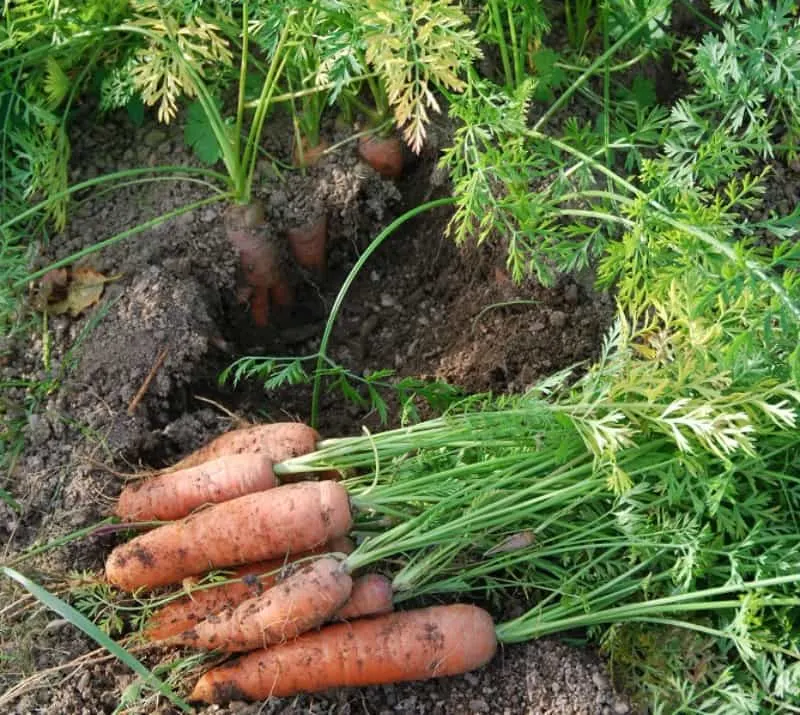
These tap root crops do not like soil that is over fertile, as it tends to encourage the roots to split. Just a dusting of organic fertilizer should provide enough nutrients.
Here’s a list of cruciferous vegetables.
How To Grow Root Crops Successfully
How to prepare the soil for root vegetables
The root group includes potato, beetroot, and celeriac, and to prepare for this part of the bed it’s best to heavily dig in a minimum of one wheelbarrow full of well-rotted manure per square yard.
You can cover the bed with manure in the fall and rotavate it in the spring. This really loosens up the soil, making it free draining.
Alternatively, you could double dig this area, by digging a trench at one end of the bed, filling it with manure, digging a trench next to it and using the contents of that trench to back-fill the first, and then filling the second trench with manure, repeating until you reach the end of the bed where the contents of the first trench can be used to back-fill the last.
This manure rich soil is an ideal growing medium for the general root crops but is far too rich for tap root type plants.
Preparing soil for tap root vegetables
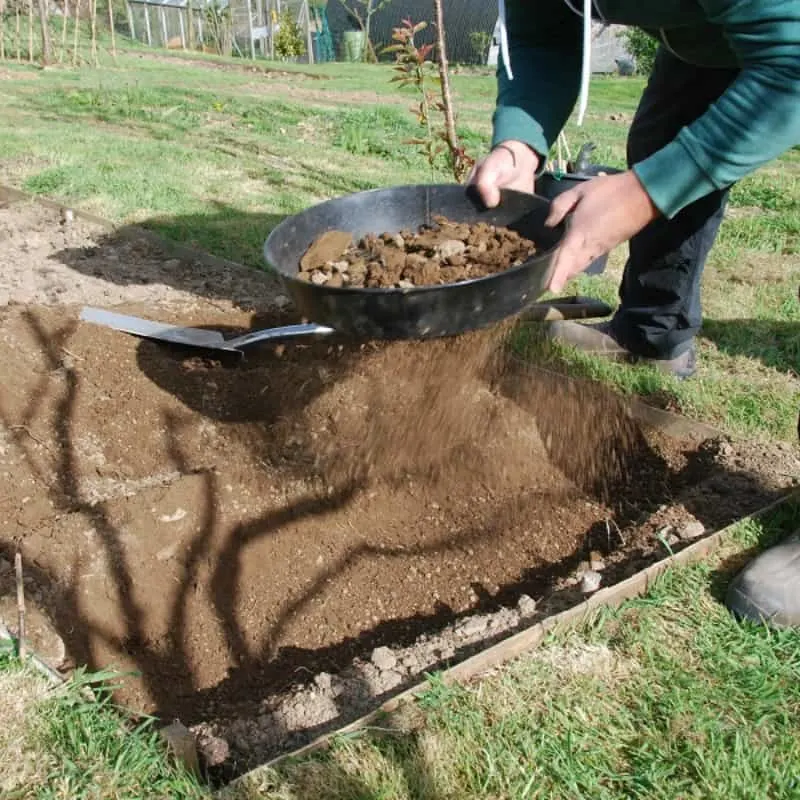
Carrots, parsnips, scorzonera, and salsify send one long root down into the soil. If the soil is too rich, the roots will have a tendency to split.
Do not manure this area of the root bed; instead, add either a general organic fertilizer. But first, remove the rocks out of the bed to provide a stone-free environment.
If your plot is very stony, either plant stubby carrots and parsnips, or have a look at our how to grow carrots page for some good tips on growing in stony ground.
How to care for root vegetables
Once your root veggies start coming out, you’ll need to thin them out. Thin to half spacing at first, so that thinning out to full spacing later in the season gives mini beetroots and carrot fingerlings to use in salads. 😉
Once the root plants are up and going, other than weeding and watering when the weather is dry, they need little else.
Root Vegetable Pests & Diseases
Beetroot and celeriac are mostly trouble-free: enjoy these easy to grow vegetables.
Carrots and parsnips will need to be protected from the carrot root fly. You can do this by erecting an 8″ barrier around the carrot bed, you’ll find more information on the carrot root fly here.
Potatoes seem to have an enemy in every corner. They are attacked underground by a range of insects, and from above by a selection of diseases.
Don’t get discouraged with these potato problems. As long as you take some preventive measures, most issues can be avoided.
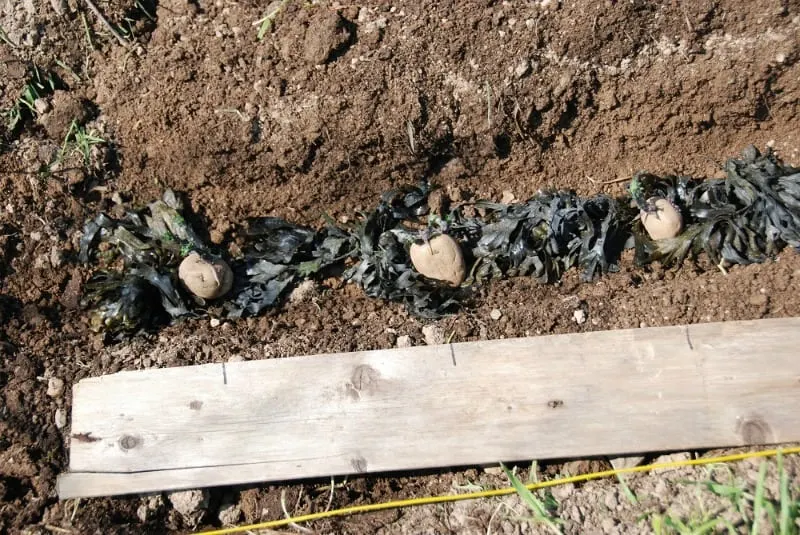
Plant your potatoes seedlings in a bed of seaweed. The salt helps to protect the spuds from slugs and other tunneling insects. The seaweed acts as a soil tonic, adding essential minerals to the soil. The seaweed is also an essential part of the crop rotation system, building nitrogen-fixing bacteria in the soil.
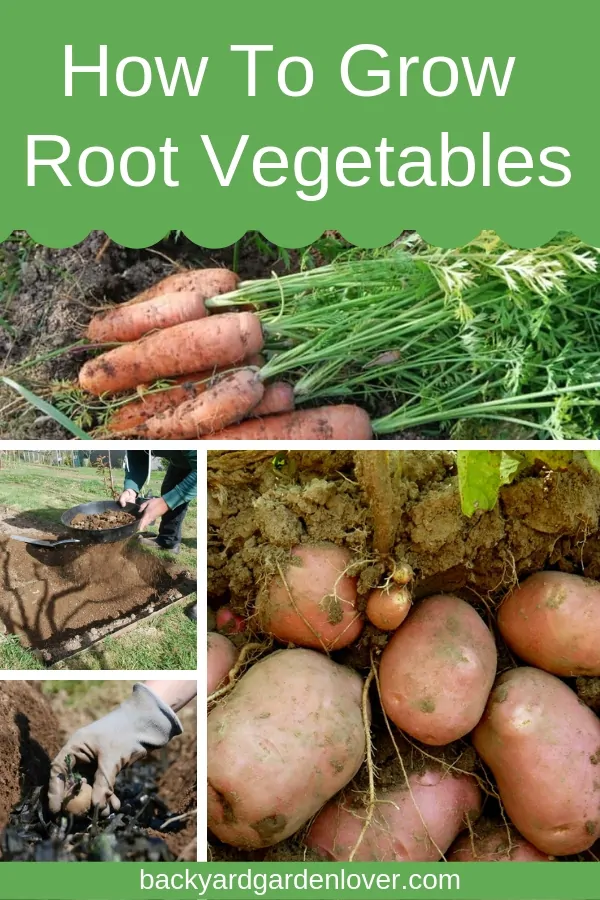
Adriana Copaceanu is a passionate nature lover living in the country on her dream property where she grows vegetables, lavender, and wildflowers that she shares with the wildlife they attract. When she's not in the garden, she loves spending time with her chickens and planning her next nature project. Check out her books below:
How to Grow Lavender for Fun and Profit: Lessons Learned from Planting Three Hundred Lavender Plants


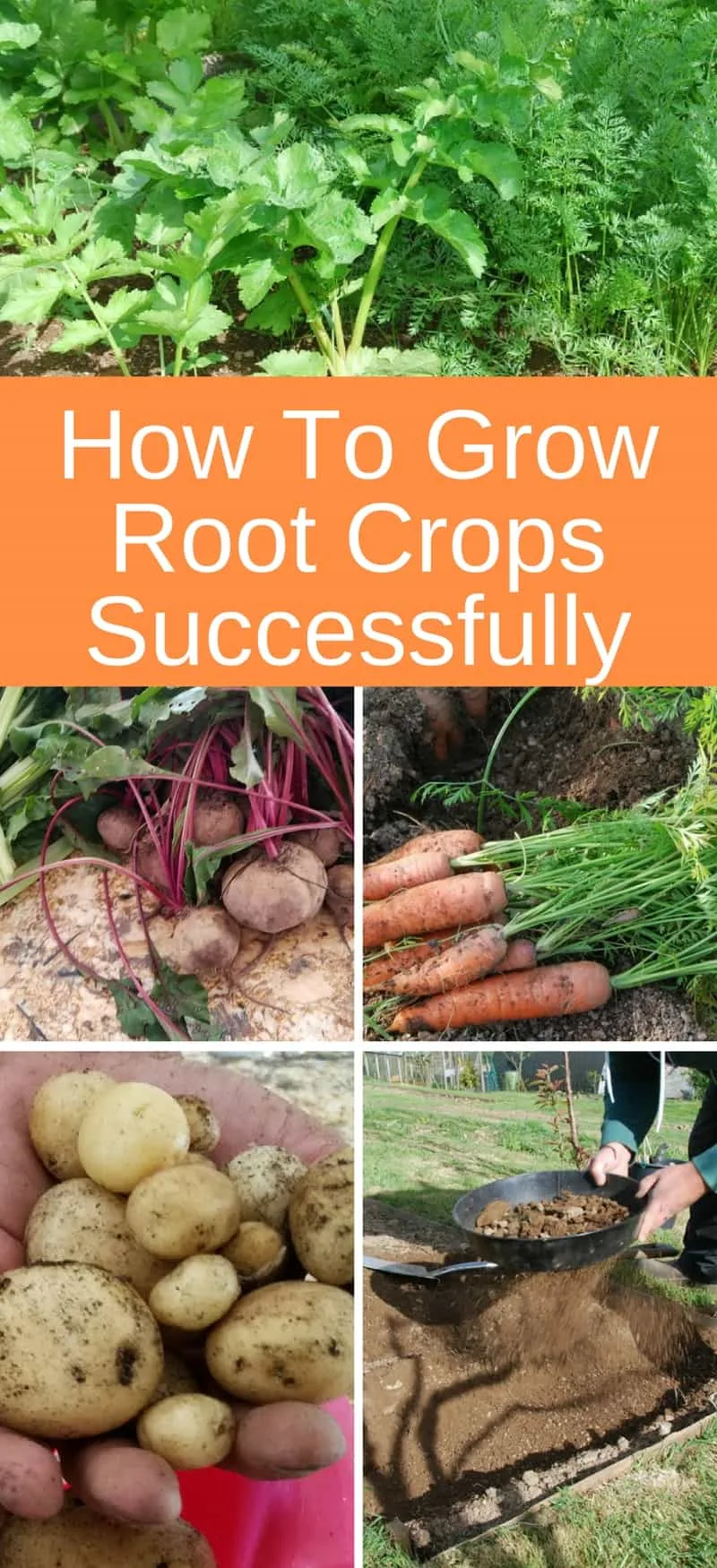
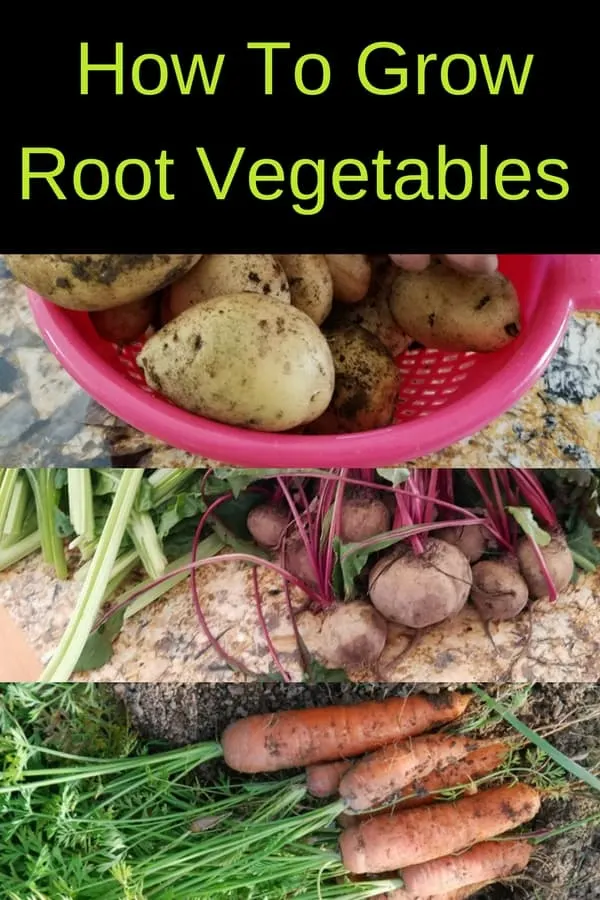
How To Grow Sweet Potatoes - Tips For A Sweet Harvest
Tuesday 19th of January 2021
[…] for your sweet potato patch that receives at least eight to 10 hours of sunlight each day. As a root vegetable, sweet potatoes grow best in loamy to sandy soil, so if your garden is full of clay, mix in some […]
5 Easy Ways To Grow A Year Round Garden
Friday 6th of September 2019
[…] a spring harvest. However, this is often based on your climate and the growing zone. Some of the root veggies are even sweeter after the heavy […]
How To Plan A Vegetable Garden - Step By Step Instructions
Tuesday 23rd of April 2019
[…] Potatoes, carrots, parsnips, and root vegetables […]
Vegetable Gardening For Beginners - Everything You Need To Know
Tuesday 15th of May 2018
[…] compost acts as a good feed for the roots group, although the addition of manure, seaweed or comfrey (or all three) will help the faster growing […]
7 Free Vegetable Garden Plans To Get You Started
Saturday 12th of May 2018
[…] This would give four distinct groups to rotate: the brassicas, the leafy greens, the peppers, and the root crops. […]